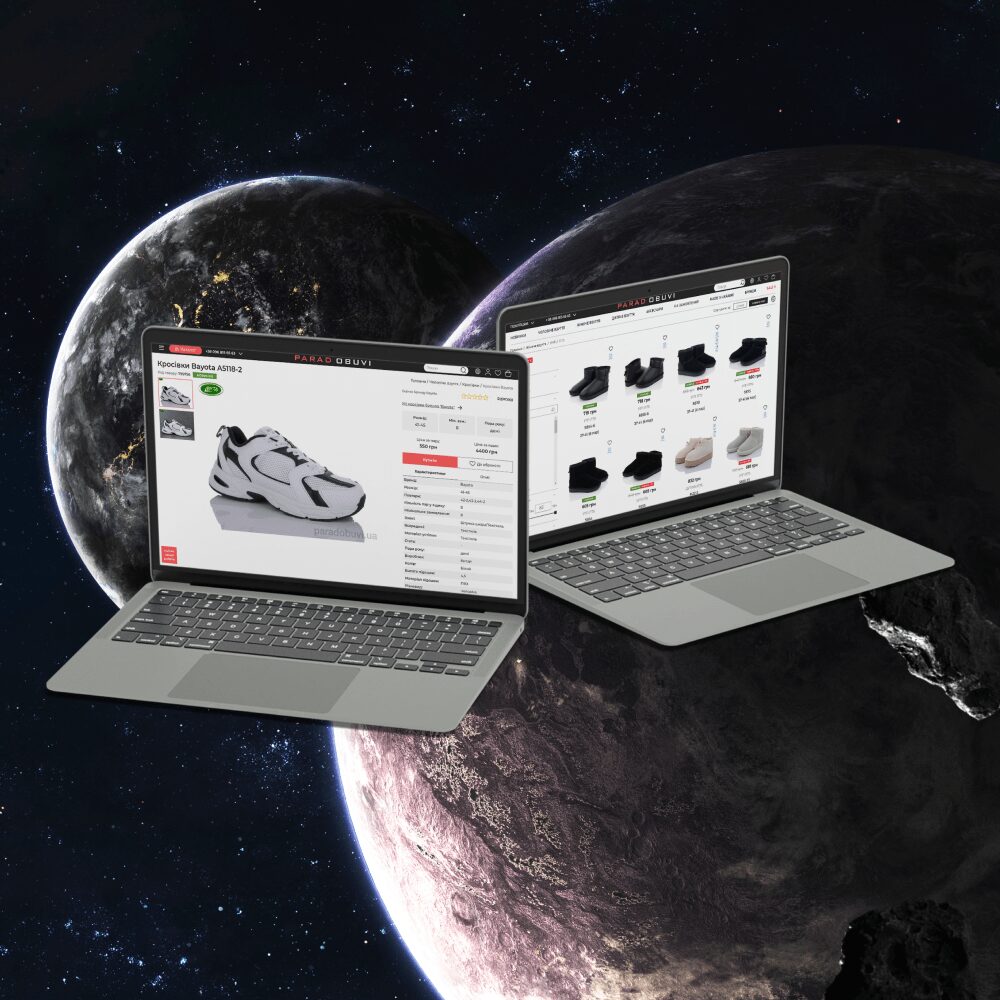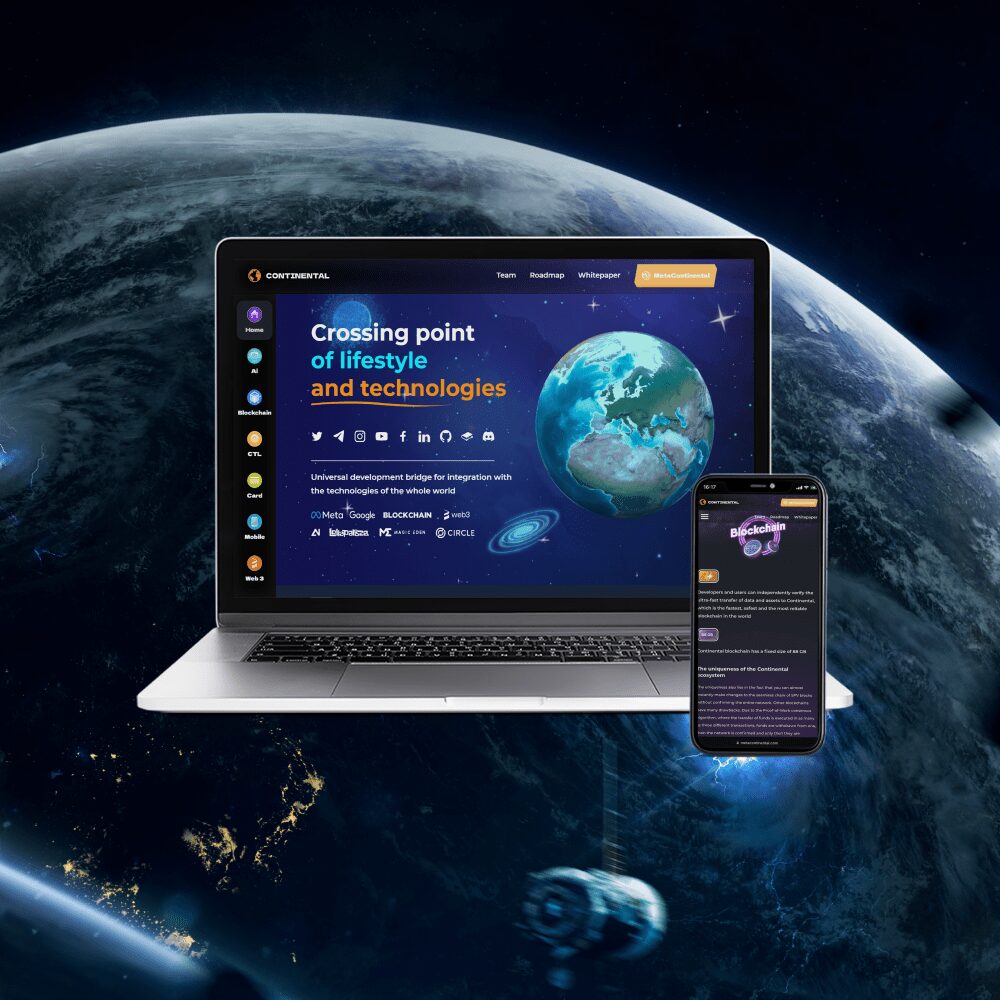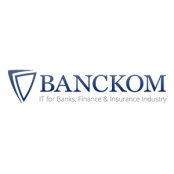Development of control systems for oil terminals
Development of control systems for oil terminals
Terminal automationDevelopment of control systems for oil terminals Terminal automation
The work of oil terminals is associated with the performance of many routine tasks: the reception and transshipment of petroleum products, data processing, transport control and documentation. This is really just the tip of the iceberg, and there are often hundreds of other processes going on behind the scenes. To keep track of everything, companies have to make a choice – hire a large staff of professional employees, which is quite expensive, or automate work using specialized management systems.
If we talk about the second option, then it has its advantages – this is improved control and increased security on the territory of the enterprise.
In addition, intelligent systems practically eliminate the risks of making mistakes due to the human factor, which is extremely important when working with petroleum products.
When creating such systems, not only Software is often involved, but also Embedded development – that is, the development of embedded systems for controlling hardware platforms, such as oil elevators, temperature sensors, and others. As a result, operators get the opportunity not only to control the processes that take place inside the terminal, but also to manage them inside the working software interface without leaving the office.
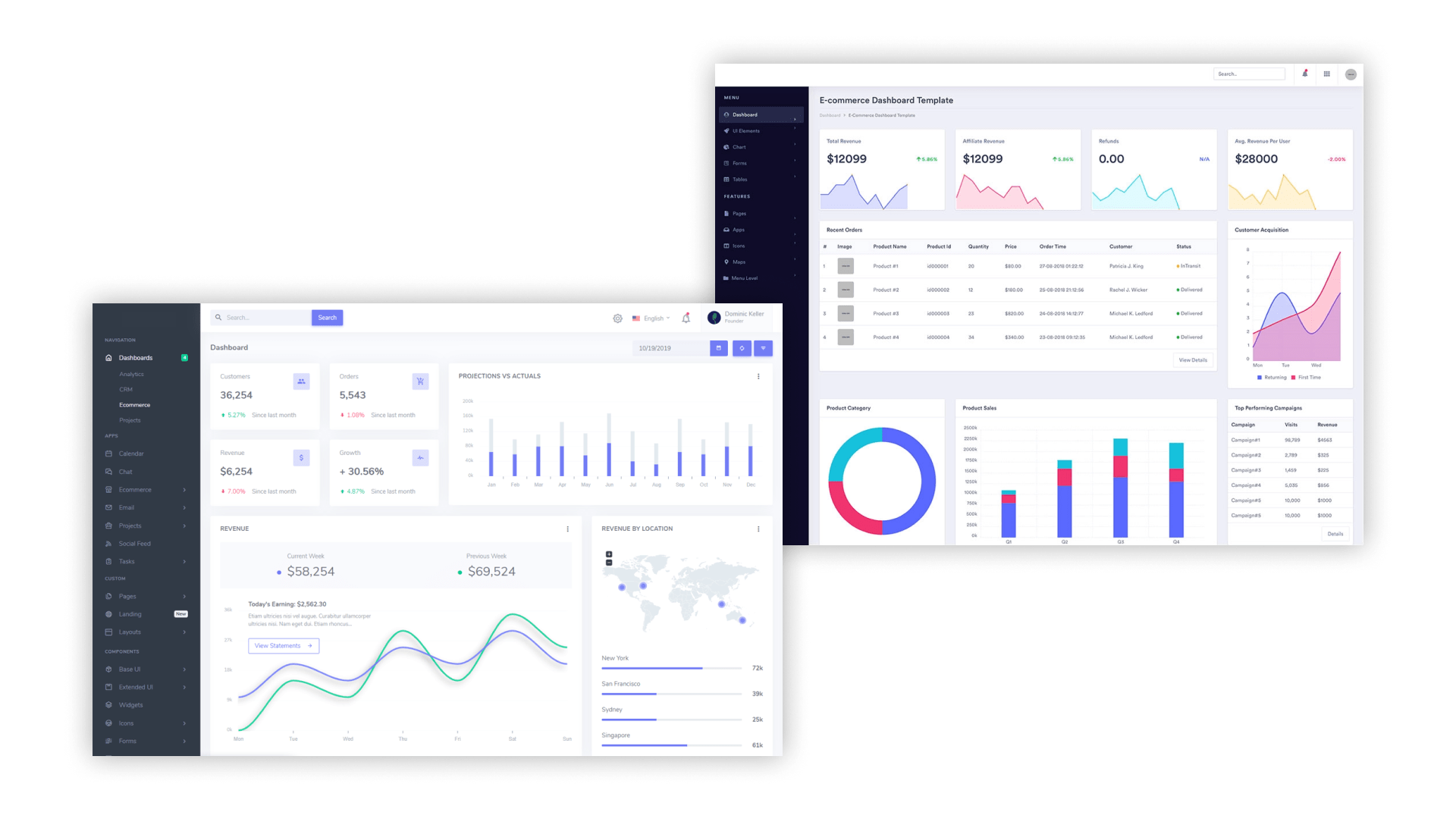
What tasks do terminal management systems solve
FunctionalityWhat tasks do terminal management systems solve Functionality
Intelligent oil terminal management systems are always individual solutions that are created based on the needs of a particular business. Therefore, their functionality for each individual company may differ significantly.
At the same time, it is possible to single out the main modules, without which it is difficult to imagine the operation of such systems. Here are some of them:
- Product acceptance control. Upon receipt of oil products, the intelligent system automatically conducts all the necessary tests to determine the quality of raw materials, performs weighing and other manipulations. After that, the operator will only have to choose the tank where the products will be placed.
- Inventory monitoring. Information about the filling level of the tanks is automatically monitored and provided to the operator in a convenient schematic format in real time.
- Storage. The oil terminal management system can be equipped with modules for automated monitoring of product storage conditions. Moreover, in case of emergency situations, the operator is automatically notified, thanks to which he can see and evaluate the problem in a timely manner, as well as take measures to eliminate it.
- Oil refining. Oil blending and stabilization is an integral part of the operation of most oil terminals. With the help of automation tools, operators will be able to manage these processes in one convenient interface, which will greatly simplify their work and reduce the likelihood of errors.
- Monitoring the maintenance of equipment. To ensure safety, all equipment involved in the operation of the terminal must undergo mandatory and regular maintenance. The intelligent system can track deadlines and notify you in advance of upcoming scheduled maintenance, so you can completely eliminate logging and other bureaucracy.
How is the choice of technologies for the development of such systems
TechnologyHow is the choice of technologies for the development of such systems Technology
The technologies that are used to develop oil terminal management systems affect the performance of the software, the possibility of its development, the speed of implementation, and many other factors. Therefore, in order to select the optimal stack, our specialists perform some preliminary work:
- study the tasks of the client and his ideas about the future product;
- get acquainted with the software that is already used in the operation of the terminal;
- form the concept of the project;
- develop top-level documentation.
It is also important what devices the software will be used on. There are different options here, for example, in the office it is convenient to use a desktop application, since it is characterized by maximum performance, and if the operator moves around the terminal, it would be more appropriate to use a mobile application that can be installed on a smartphone or tablet.
Based on this, the final technology stack might look like this:
- For mobile applications — Swift/Java/Kotlin languages for native development on IOS and Android, Python for backend or Flutter/Dart for cross-platform solutions.
- For desktop applications — Python/PHP/С++/JavaScript (Node.js) languages and Django/Flask/Yii2/Laravel frameworks.
- For web applications — the frontend can be developed on HTML/CSS/JavaScript or Vue.js/React.js frameworks, and the backend on Python/PHP/JavaScript (Node.js) and Django/Flask/Yii2/Laravel frameworks.
- Embedded development – produced in low-level languages, most often C / C ++.
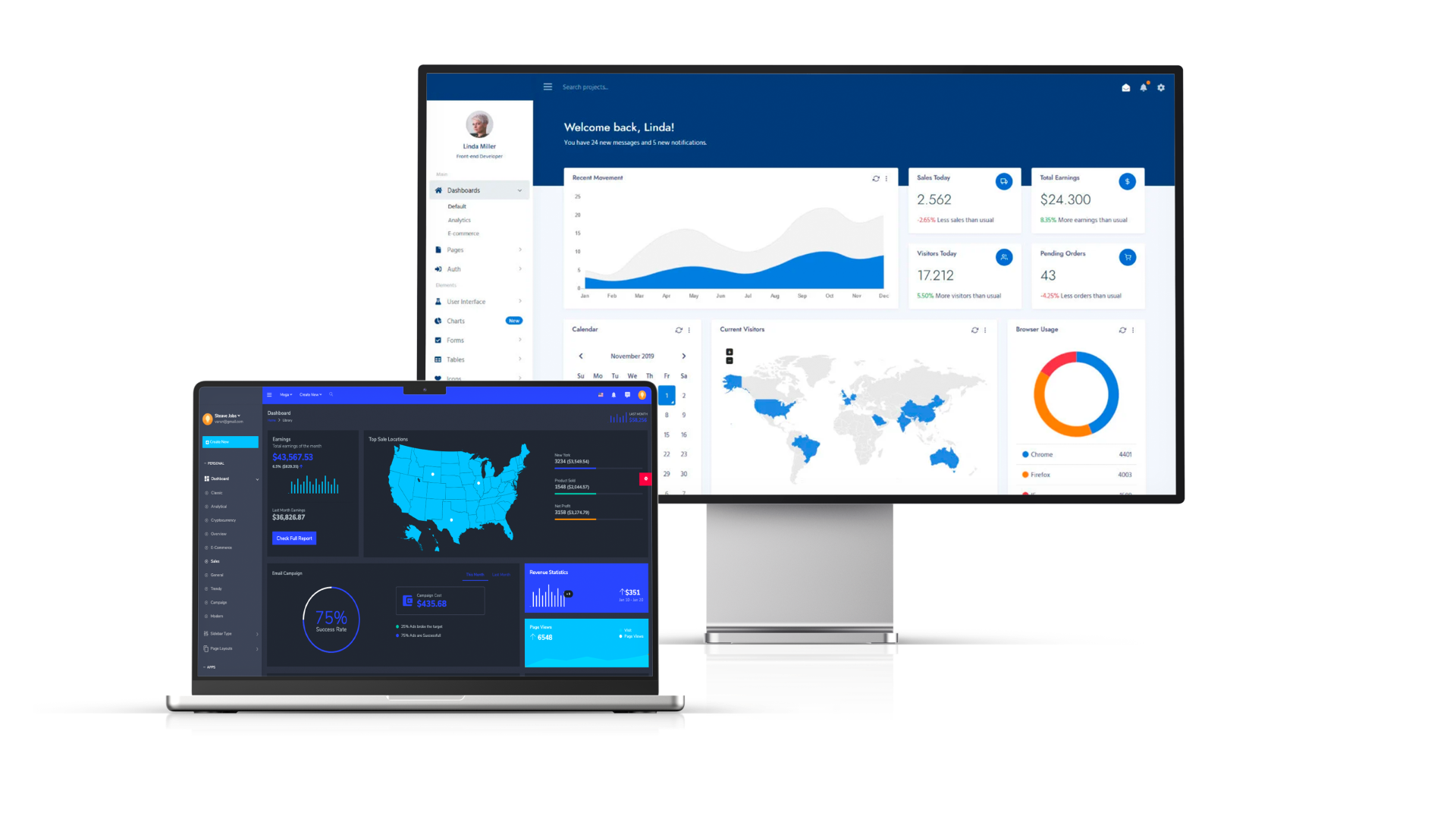
How is the development process
Development stagesHow is the development process Development stages
The implementation of oil terminal management systems is often carried out according to the iterative SCRUM methodology.
The project goes through six main stages of development. Let’s consider them in more detail.
Stage 1. Gathering information
To create the most effective product, specialists need to fully immerse themselves in the client’s business, study its internal processes, as well as the vision and wishes regarding the implementation of new software.
To find answers to these and other questions, our managers hold meetings with customer representatives.
Stage 2. Design and technical documentation
The design process lays down the logic and functionality of the future terminal management system, thanks to which the client will be able to understand exactly how the software will work even before its technical development begins. At the design stage, our specialists create:
- interface page mockups;
- a summary table with a description of the functionality;
- function flowcharts and describe the mathematics of the project.
After that, to present the prototype to the client, demonstration videos are created, in which all the features of the system being developed are described in voice and on real examples.
Stage 3. Design development
A convenient and thoughtful visual environment will greatly simplify user interaction with the control system. As a rule, for such projects, the design is developed individually, taking into account the functionality and in compliance with the principles of UI / UX.
Stage 4. Programming
At the technical development stage, programmers create the front-end and back-end of the software. Accordingly, this is the client part, with which users interact, and the server part, which is responsible for all internal processes, interaction with databases and functionality.
Then they communicate with each other using the REST API, server application or other architectures and work as a single entity.
Embedded development is also included in the programming phase, but is performed separately. It involves the creation of software that will interact with the electronic filling of various devices, control and manage the hardware. For example, it can be created for elevators, temperature and pressure sensors, scales and other devices that are used in the operation of the terminal.

Stage 5. Testing
After the development is completed, you need to make sure that all the created functionality works correctly and in the way it was intended during the design. To do this, QA engineers are connected to the project, who perform versatile testing of systems, find errors and control their elimination.
Stage 6. Technical support and development
For the first time after the deployment of the management system, your staff may still encounter various unforeseen problems.
To eliminate them as quickly as possible, the project is transferred to maintenance.
It is also worth adding that you can continue developing the system even after the release, and refine its functionality an unlimited number of times. Thanks to this, it will grow in parallel with the business and will not become obsolete over time.
Development of control systems for oil terminals in AVADA MEDIA
Development of control systems for oil terminals in AVADA MEDIA
Using the management system, you can automate many processes at the oil terminal, get rid of bureaucracy, increase the security of facilities and open up new opportunities for expanding your business. Our team AVADA MEDIA has extensive experience in developing such software.
Each of our solutions is aimed at optimizing complex tasks: from receiving oil products and monitoring reserves, to processing products and loading onto tankers. In this way, we help businesses work faster and more efficiently, and consequently, earn more money.
Fresh works
We create space projectsFresh works
The best confirmation of our qualifications and professionalism are the stories of the success of our clients and the differences in their business before and after working with us.
Our clients
What they say about usOur clients What they say about us
Successful projects are created only by the team
Our teamSuccessful projects
are created only by the team Our team


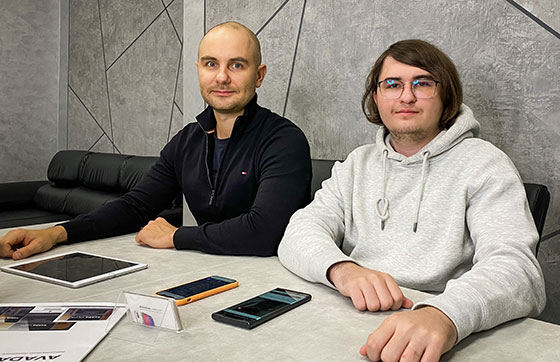
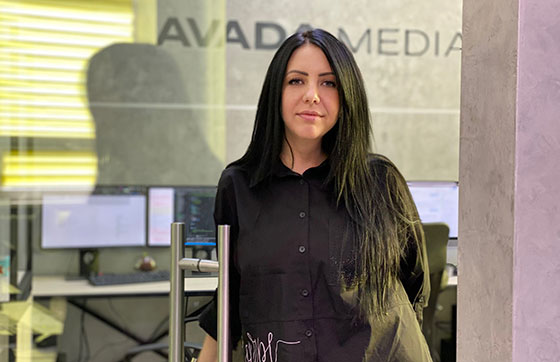
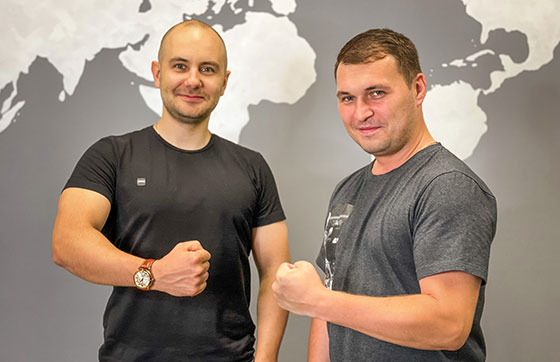





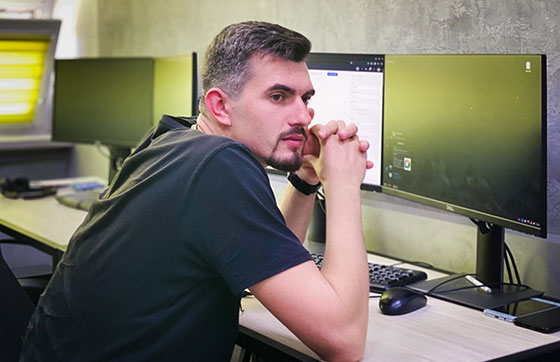

Contact the experts
Have a question?Contact the experts Have a question?
-
Phone:+ 38 (097) 036 29 32
-
E-mail:info@avada-media.com.ua

